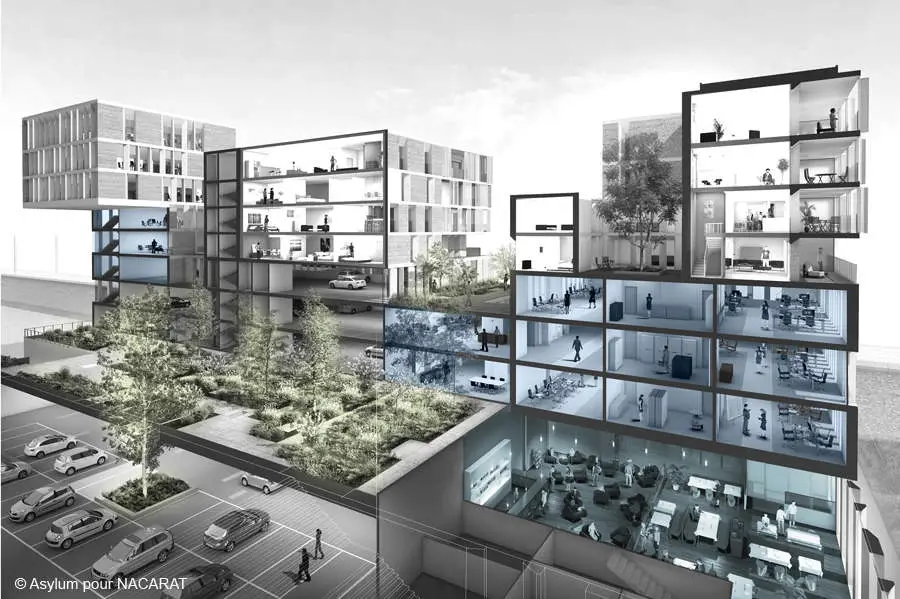The Concept of Smart Architecture
A smart building is an architectural form that responds to the occupants’ needs and
the environment switchable smart film. It can be a passive or active system that is programmable. The
goal of this type of architecture is to enhance occupant comfort, energy efficiency,
and safety. In addition, these buildings can be moved, allowing for more responsive
response to changes in the environment.

Smart building technologies are being applied in many commercial and residential
buildings smart film glass. They include features such as lighting control, speakers, and cameras.
These systems can also control Wi-Fi networks and doorbells. Even historic
structures can be retrofitted with smart technology. Some older buildings are now
being designed with Bluetooth LED lighting systems. There are also new ways to
repurpose older buildings. For example, Xicato retrofitted the 1,000-year-old
Westminster Abbey with Bluetooth LED lighting.
The concept of smart architecture has stimulated designers and architects to
incorporate its concepts into their designs. This concept requires both technical
knowledge and a human touch. However, there are several challenges when
integrating smart technology into existing structures.
One challenge is that smart material systems are not always compatible with the
existing structure. Some historic sites, for instance, may have stone facades that
would be damaged if drilling were to be conducted. Researchers are developing new
techniques for using these materials to provide a more versatile, adaptable
structure.
While some researchers are designing new forms of building, others are working on
improving existing structures. For instance, the Dutch architect Ben van Berkel is
experimenting with UNSense, a system that integrates AI to change the physical
form of structures. Another study at the Research Center ICTA-ICP in Amsterdam has
installed 18 smart material systems.

These systems can be a combination of active and passive systems, or they can be
integrated into a building’s overall design. Many of these smart materials have been
used in many fields and have been around for decades. With the advent of the new
millennium, their development has picked up speed.
Smart Architecture is an organization that helps architects, owners, and contractors
apply intelligent design tools. This organization is especially interested in adaptive
architecture. As Ben van Berkel states, his goal is to “harness technologies for the
creation of adaptive cities and buildings. At the same time, it will help to make the
built environment more human and healthier.”
According to the author, this is not the first time that smart architecture has been
developed. Ancient civilizations built structures based on pure sciences. Today’s
technology has improved communication, convenience, and safety. It has also led to
the creation of innovative designs that are now considered “smart”. Using these
innovations, architects can design more effective and sustainable built
environments.
Regardless of whether these technologies are implemented into a new or existing
building, they have the potential to transform the way we build. Ultimately, it is
im
p
o
r
t
a
n
t
t
o
r
e
m
e
m
b
e
r
t
h
a
t
w
e
m
u
s
t
alw
a
y
s
c
o
n
sid
e
r
t
h
e
h
u
m
a
n
f
a
c
t
o
r
a
n
d
t
h
e
e
f
f
e
c
t
s
o
f
t
h
e
b
uilt
e
n
vir
o
n
m
e
n
t
o
n
o
u
r liv
e
s.